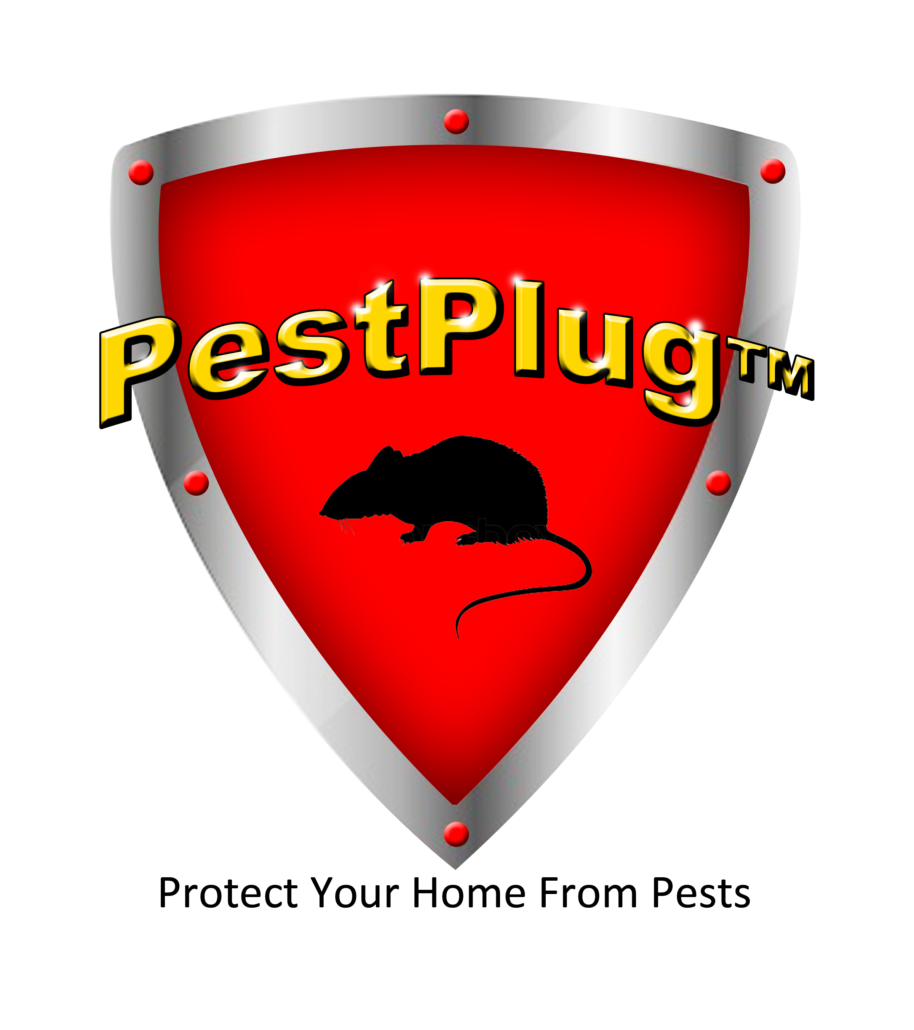Stop Burrowing Mice & Rats
Plug Gaps between floors and wall.
HOW TO INSTALL PESTPLUG:
CAUTION: Always wear safety glasses and gloves when working with steel wool and cut steel wool with scissors, do not tear. Tearing steel wool can cause cuts even through gloves. Be sure that PestPlug™ does not come in contact with live electrical wires as this could cause electrical shock or fire. Do not install in electrical service panels or trays where wires are non insulated or exposed. Pestplug™ can be used around electrical wires or conduits that are fully shielded and no risk of electrical shock or contact with electricity is likely to occur or possible. Always consult an electrician if in doubt.
To install, simply cut off the length needed to wrap around a pipe, to plug a hole or fill a crack. Once the piece is cut, simply compress the material and squeeze into the opening with your gloved finger or a screwdriver. A natural property of our stainless steel wool is that it will spring back to create a tight seal that will form around the pipe or fill in the crack. Use enough wool so that it can fit all the way in but is still very snug and not easy
to pul out. Then, using any brand of common household caulk, fill the hole around the steel wool. This will harden and help keep the wool in place, preventing even the most pesky of mice from dragging it free.
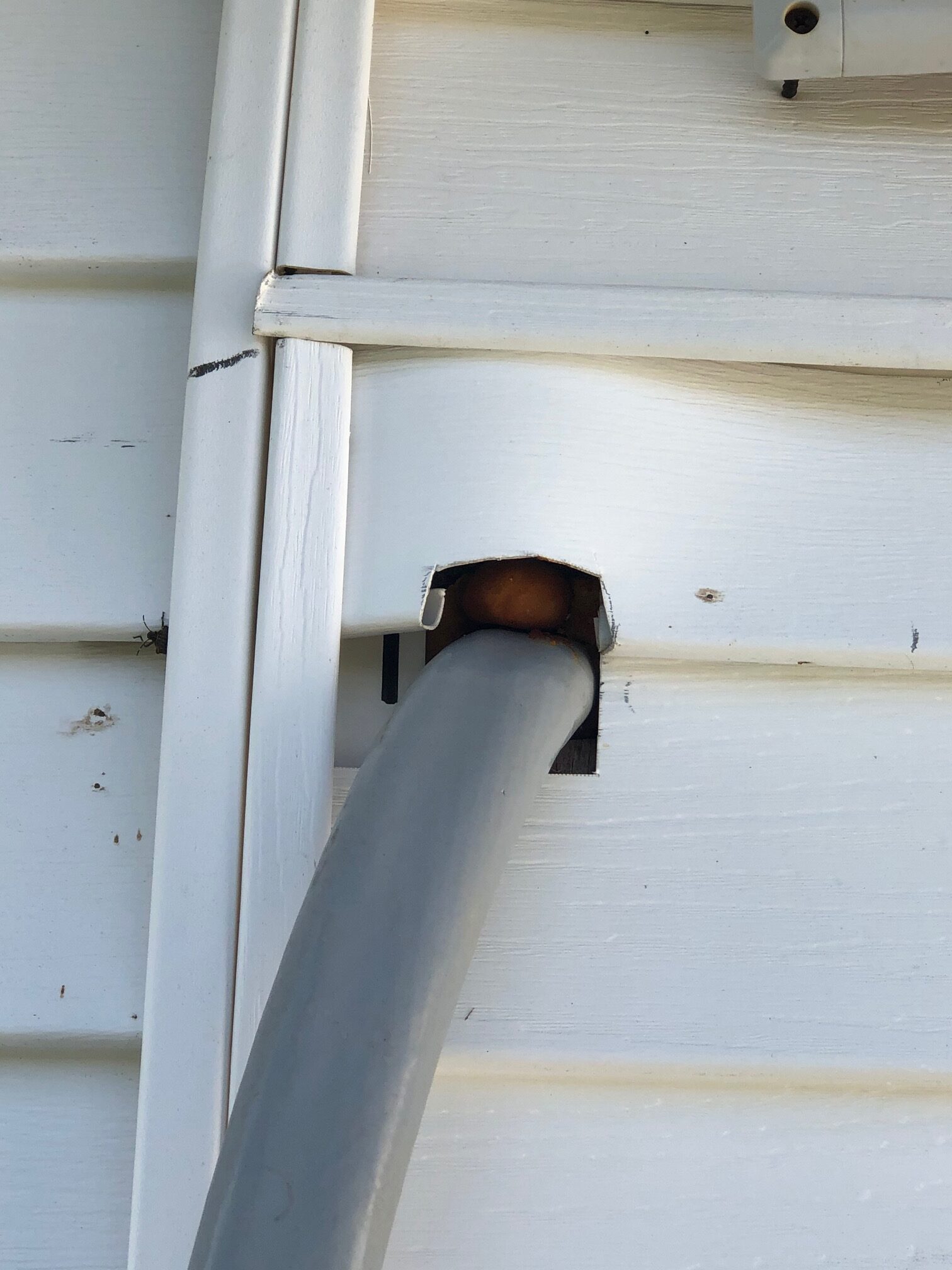
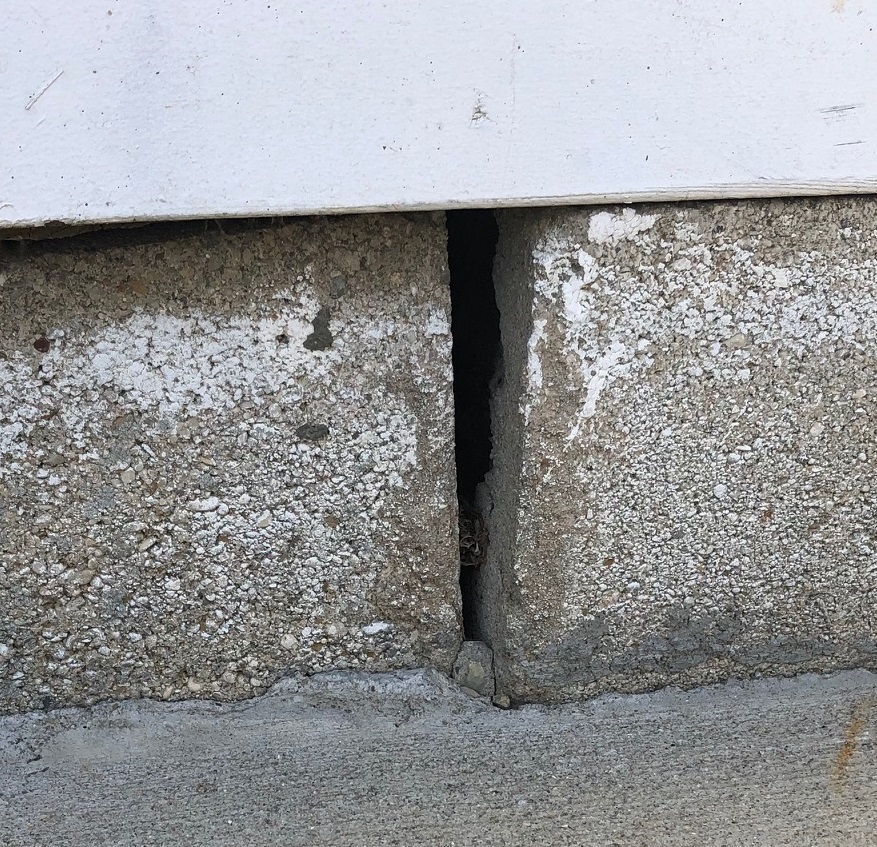
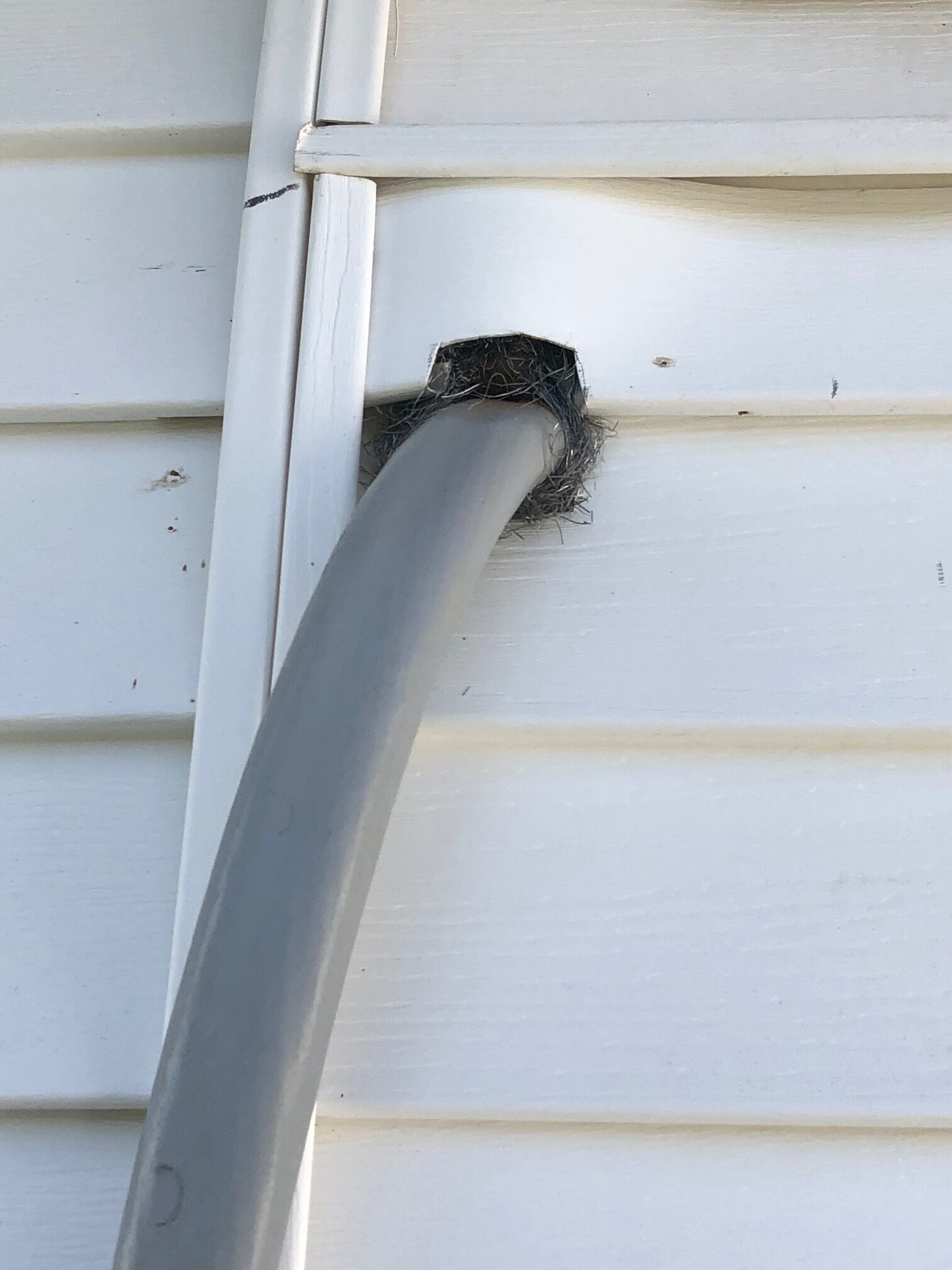
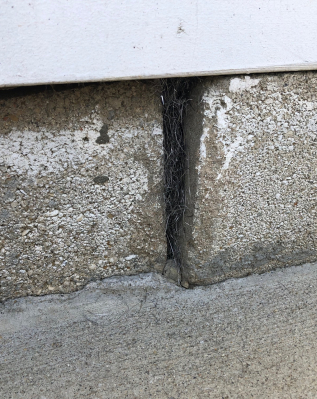
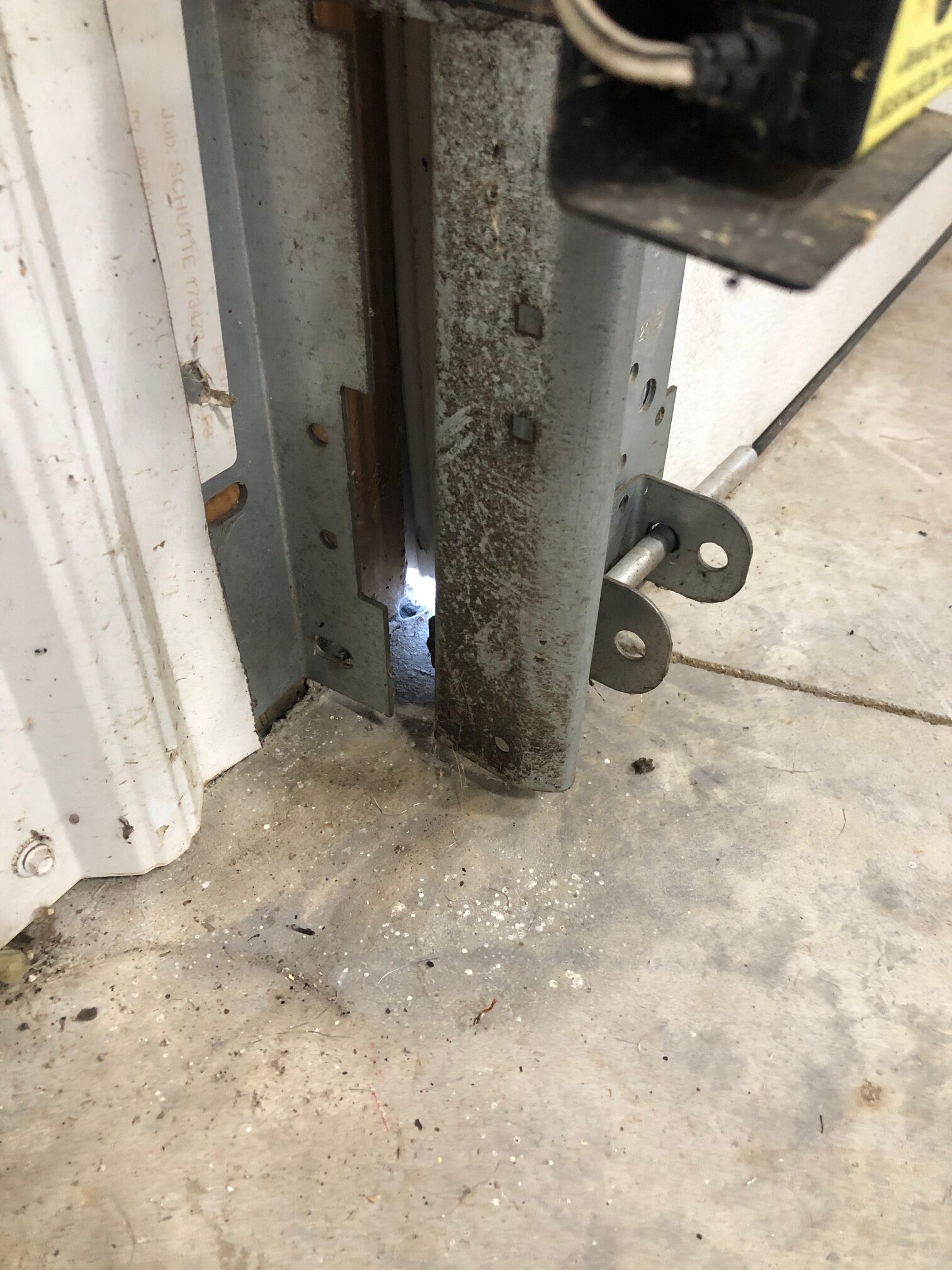
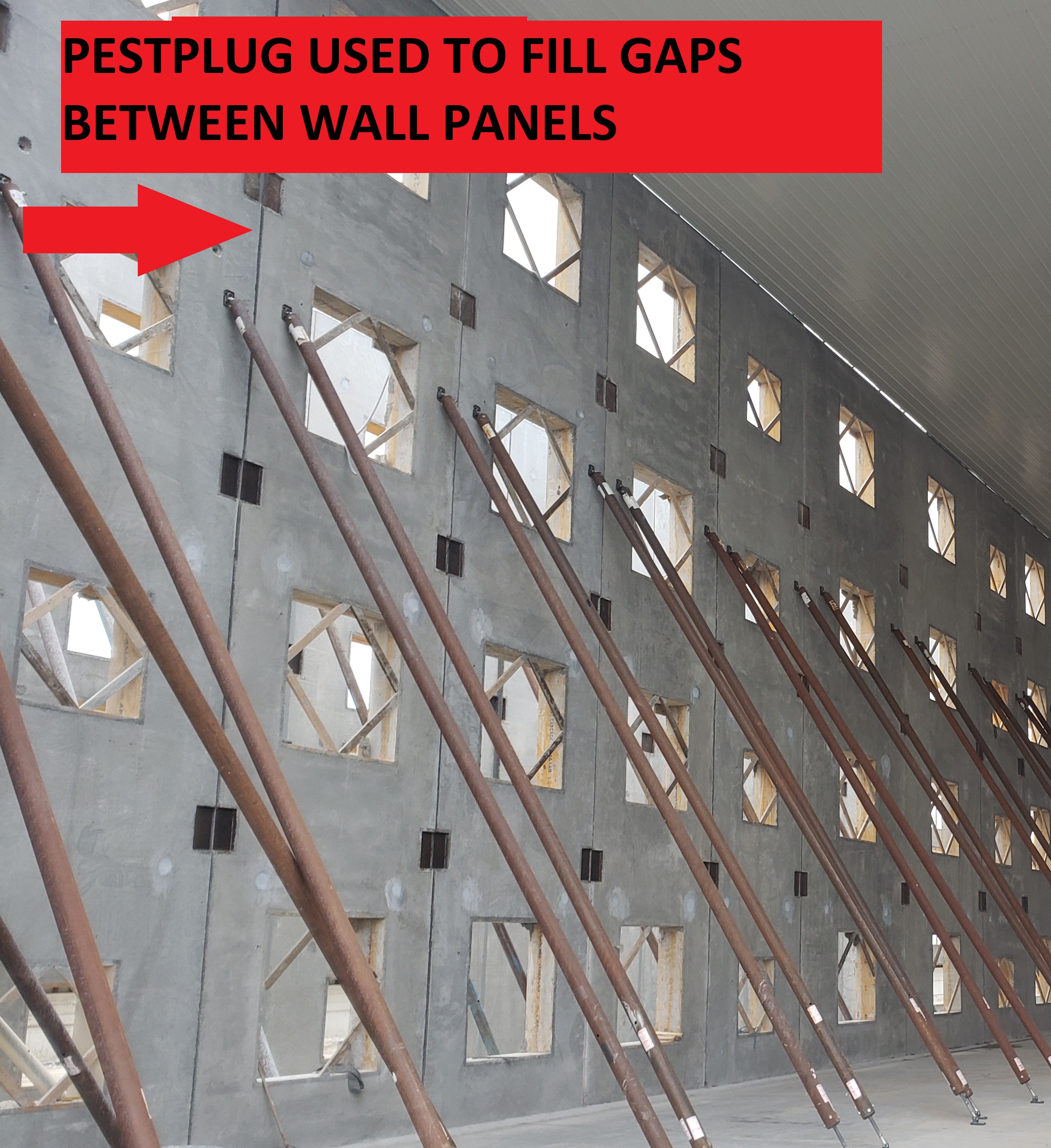
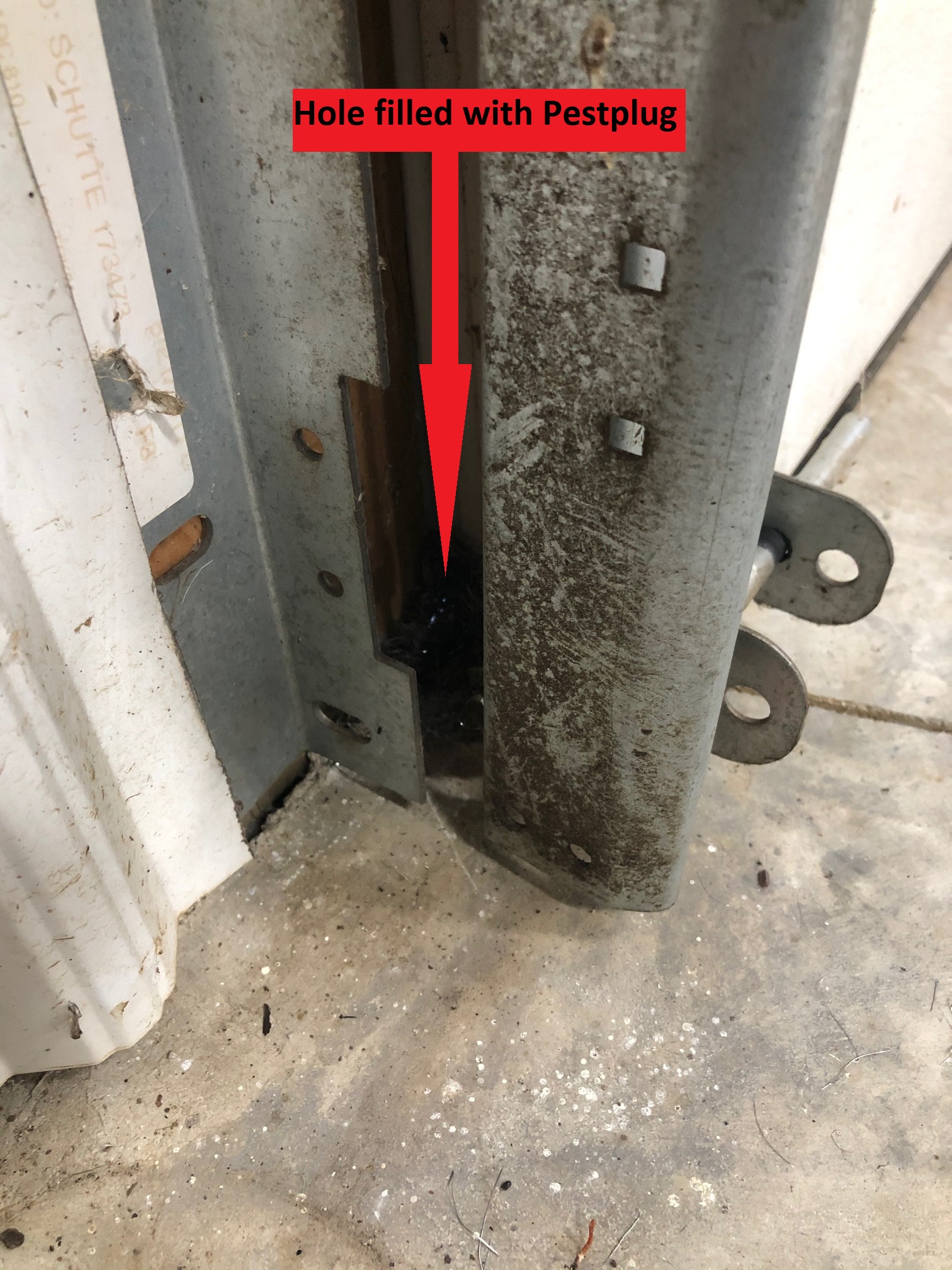
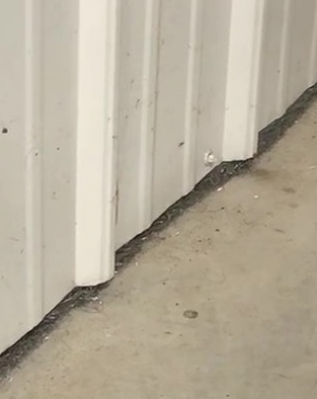
COMMON ENTRY POINTS:
* Weep holes (http://en.wikipedia.org/wiki/Weep_hole)
* Gaps around pipes passing through walls such as plumbing for AC units
* Outside Electrical conduit that will allow rats or mice to enterand burrow inside and eventually they chew away at the electrical insulation.
* Gaps between foundation and sill plates or framing in homes,barns, farm silos and metal buildings.
* Any hole as small as 1/4″ in diameter could be an entry point for a mouse or other small creature.
